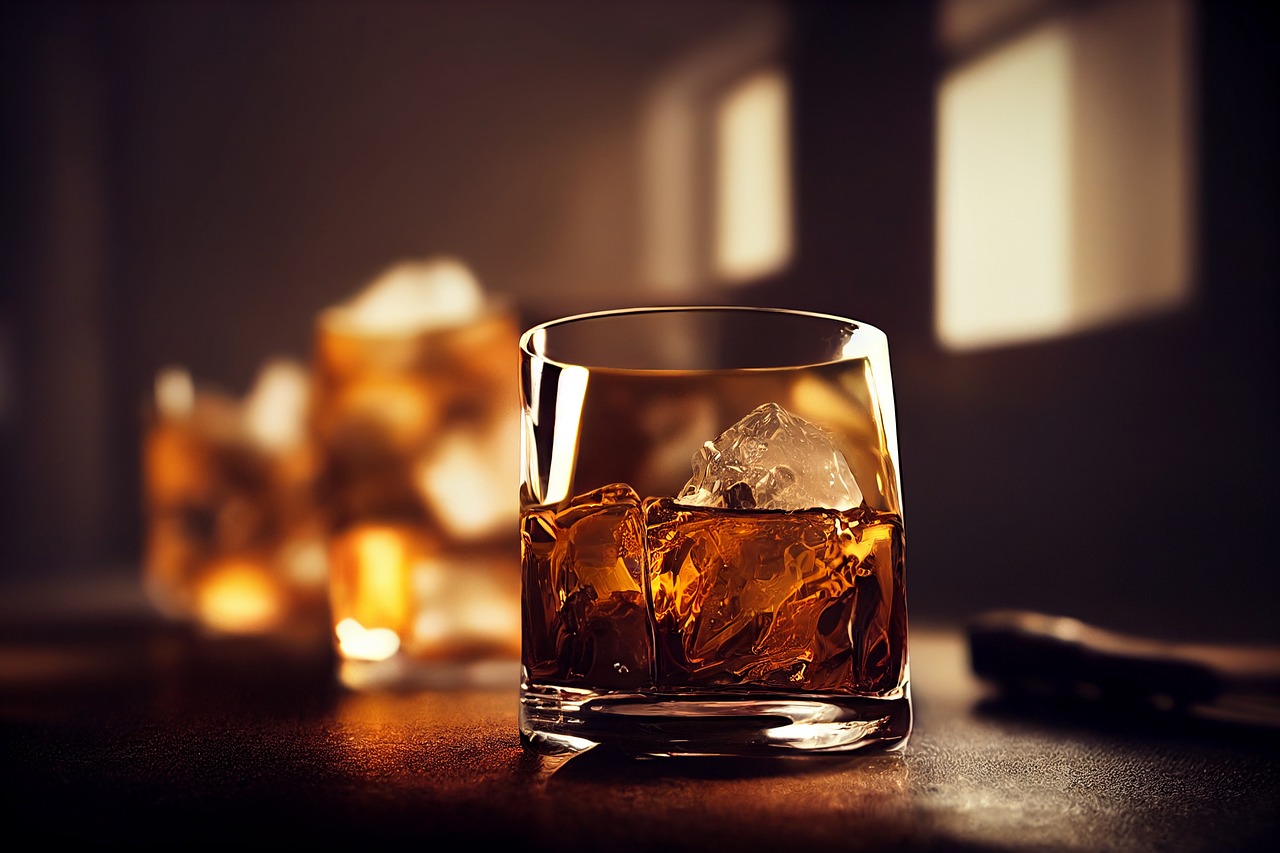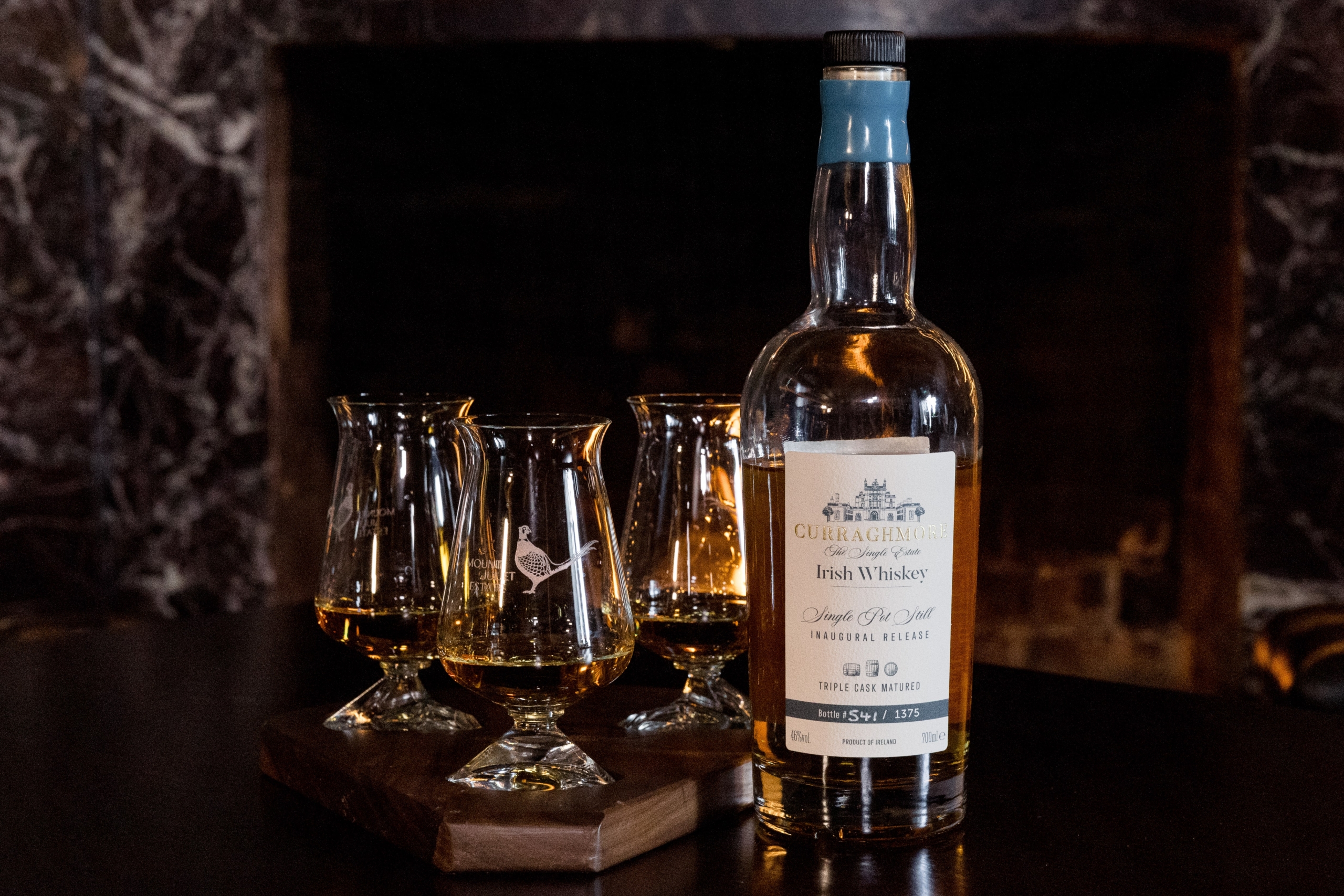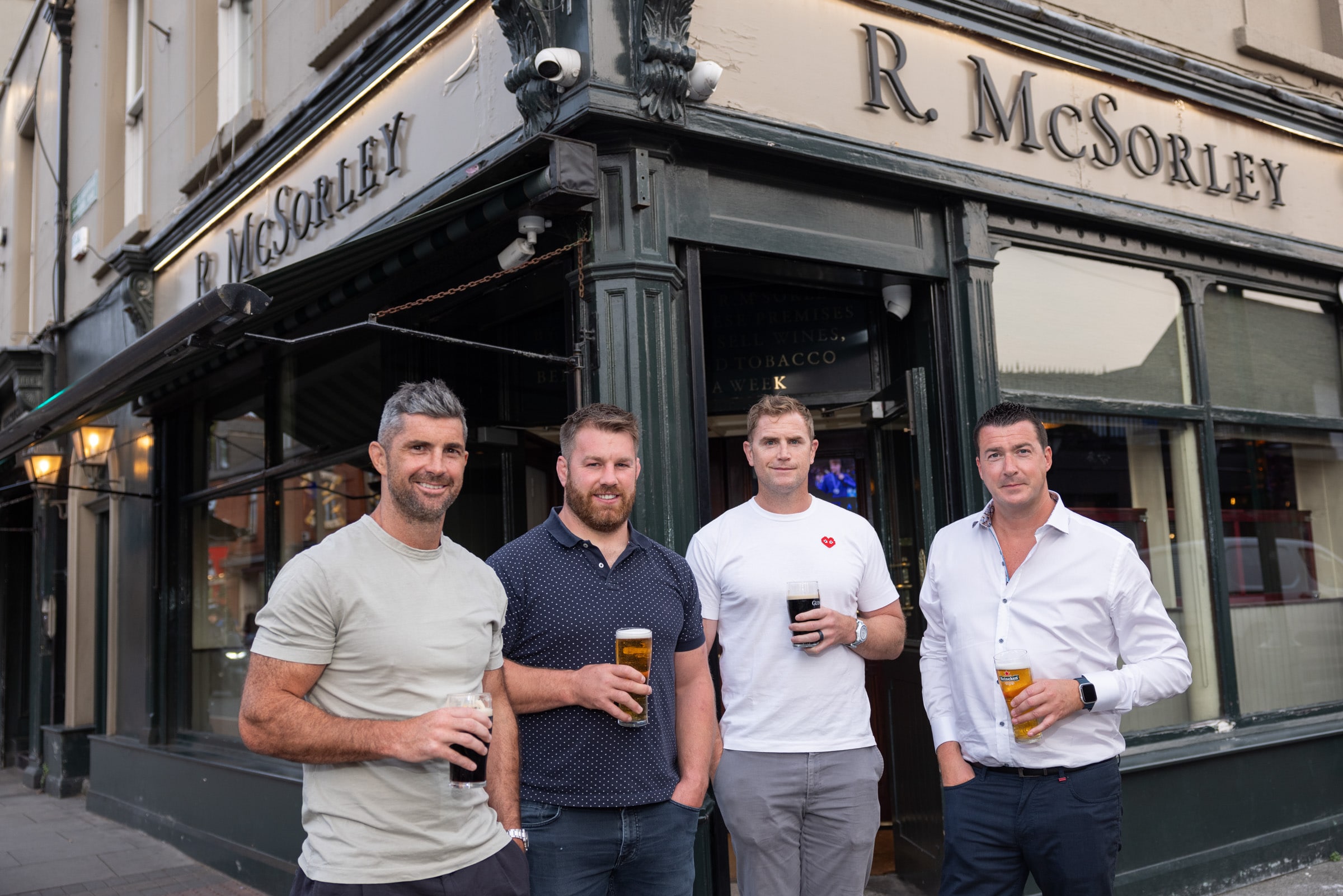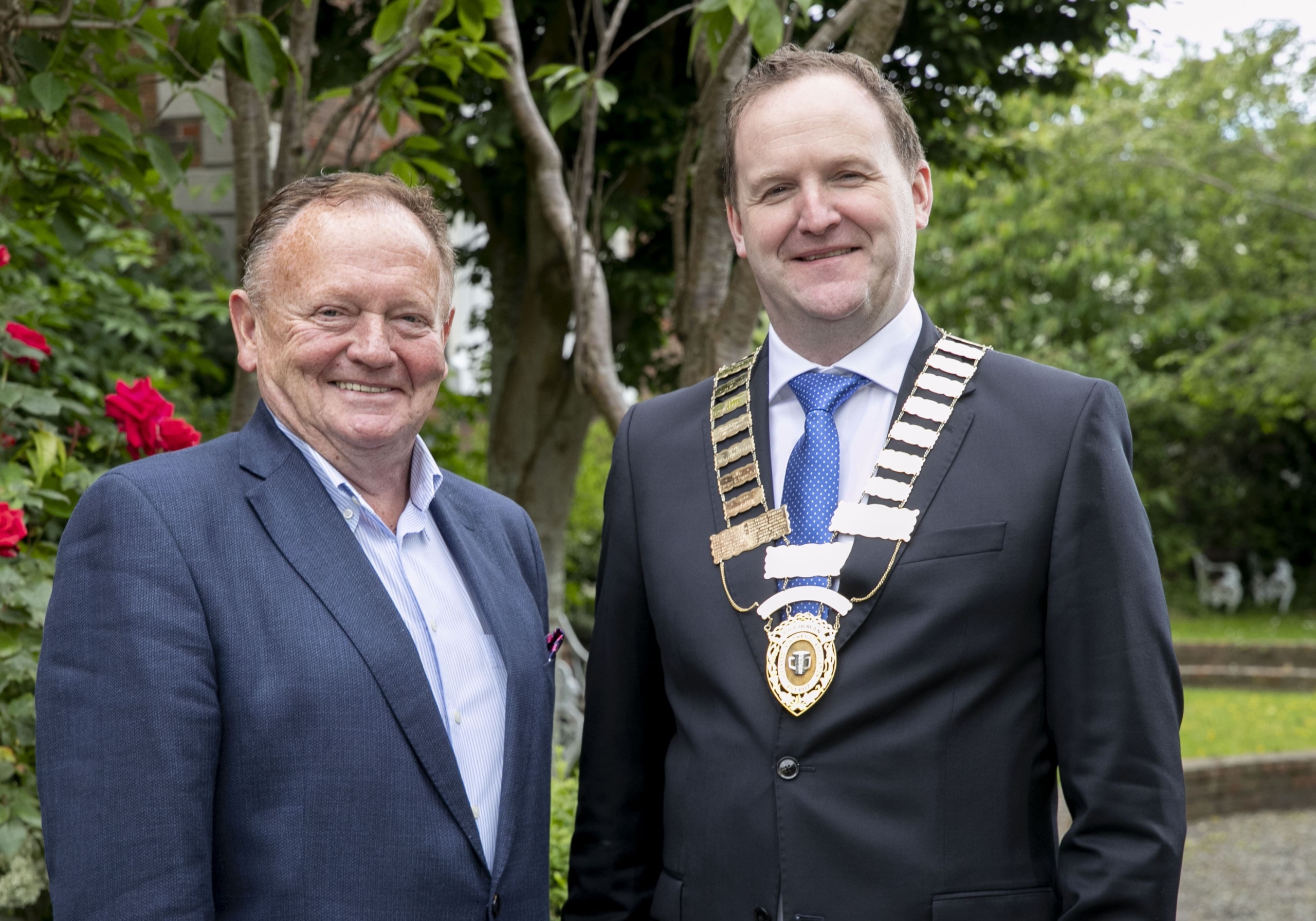STEPHEN TEELING CHATS TO DENISE MAGUIRE ABOUT SHAKING THINGS UP IN THE WHISKEY CATEGORY
In 2019, one million bottles of Teeling Whiskey were sold worldwide. That’s a lot of liquid. It’s also a lot of pressure. If Teeling’s share of the market continues to increase (which, one suspects, it will) what will the company’s stock level need to look like in five, 10 or 15 years’ time? “The money that we’re taking in today needs to be laid into stock for future sales. There’s no doubt that the commercial realities of running the distillery are very real and very present. I remember when we opened and wondering how my dad slept at night back in the day because he obviously insulated us from a lot of those realities. But we learned so much from being at the coal face when we were growing up that I think when it came to it, we were able to move quite quickly and with confidence,” said Stephen Teeling, Sales and Marketing Director.
Teeling Whiskey was set up in 2012 by Jack and Stephen Teeling, sons of whiskey entrepreneur John Teeling who set up Cooley Distillery in 1987. A background literally steeped in whiskey helped the brothers push into the market with their own unique take on what a modern, Irish whiskey could look like, but it wasn’t all plain sailing. “It was very tough at the start. We had people saying things like, ‘nobody is going to visit a distillery in the city centre, are you crazy’ or ‘nobody is going to buy a bottle of Irish whiskey in a black bottle’. One of Stephen’s first ‘Whiskey Live’ events was in Glasgow. “It was one of the toughest crowds I’ve ever encountered. They showed up to our whiskey masterclasses wearing kilts and Scottish jerseys. It wasn’t so much that they didn’t like Irish whiskey, it was more that they only drank Scotch and that was it. So we were asked questions like, what’s this abomination that’s made in Ireland.” Objections at home were from people who were blinkered by what had always been done in Irish whiskey.” A series of trips to the US eventually paid off but it was a slow and arduous process. “We’ve had people based in the US for five years but it’s only in the last two years that we’ve really seen things accelerate. I remember how difficult it was to get just one bottle on a back bar. Consistency got us there in the end. We also worked with a lot of specialty alcohol stores and venues that needed to give people a reason to come in the door.”
Stephen and Jack were used to selling a brand that was heavily steeped in heritage, where the history of the drink was the be all and end all. Towards the end of the recession, consumer habits began to evolve in an interesting way. “People became more open to discovering new food, drink, craft beer and spirits. So we decided to capitalise on that.” With Teeling, Stephen and Jack have presented the consumer with a new Irish whiskey story, one that has moved the conversation away from price and onto quality and branding. “Older generations have a fixed view of what Irish whiskey is. Myself and my brother realised we didn’t have to necessarily play by the rules of what Irish whiskey used to be; we could push it more into a premium whiskey category that’s very much from Ireland, rather than just another Irish whiskey. We have seen trends in other drinks, like Scotch that started in blended then moved to single malt. Tequila started with shots before it moved to sipping. Nobody had done that with Irish whiskey.” An attempt to do something similar at Cooley had failed. “The problem with heritage is that you can’t change your history. You can’t present something that has been made the same way for 250 years as this new and innovative brand. When Cooley was bought by Beam, it gave us a blank canvas to apply some of the things that we felt were missing from the category. ”
Over half a million people visited the Teeling Distillery last year and almost 100 people work in the venue. It was the first distillery to be built in Dublin for over 125 years. “It may have been serendipity but the economic crash actually allowed us to go ahead and build the Distillery. At that time, several areas of the Liberties were completely undeveloped. We saw an opportunity to come back in and lay down our roots once again. We wanted to remain respectful of our past history and of Dublin whiskey, but confident enough to do something for that newer generation who are rediscovering Irish whiskey or perhaps only discovering it for the first time.”
Today, Teeling Whiskey is sold in over 60 countries. It’s an interesting time in Irish whiskey, says Stephen. “We’re genuinely seeing market segmentation happening in key markets and that has been fascinating. Times have changed and people are now able to give consideration to a variety of different Irish whiskeys, which has made the market a much more open place to do business.” Since the launch of Teeling Whiskey, the Irish whiskey category has doubled. “It’s still dominated by one big player but the size of the category and the premium and super premium categories have accelerated substantially. I think we’re only at the start of that growth. It’s easy to get blinkered by your own market but when you go abroad, you see that we’re only scratching the surface when it comes to competing with Scotch, American or Japanese whiskey.”
Teeling has been successful where the consumer is looking for more variation within Irish whiskey. Innovation is also at the heart of the company. “Our Master Distiller, Alex Chasko, was the Innovations Manager in Cooley. He has been a guiding light for us. He’s from Oregon in the US and has no preconceptions about Irish whiskey so was eager to use different wine and rum casks. We also worked with the Galway Bay Brewery guys on a stout cask where we took their barrels and finished our whiskey in them.”
This year will see a series of small, incremental improvements at the Distillery and a continued effort to provide consumers with something new and unique in the category. “There are no shortcuts in whiskey. It’s a very difficult sector. One of the challenges for a lot of whiskey distilleries is the more successful you are, the more money you have to bring in. You have to double down on your stock levels. But that’s something we knew going into this game. We’re happy to be the Distillery for people who may not know that much about whiskey. They don’t feel excluded and there are no stupid questions. The biggest opportunity for Irish whiskey is to capture that middle ground and that’s what we’re doing.”





